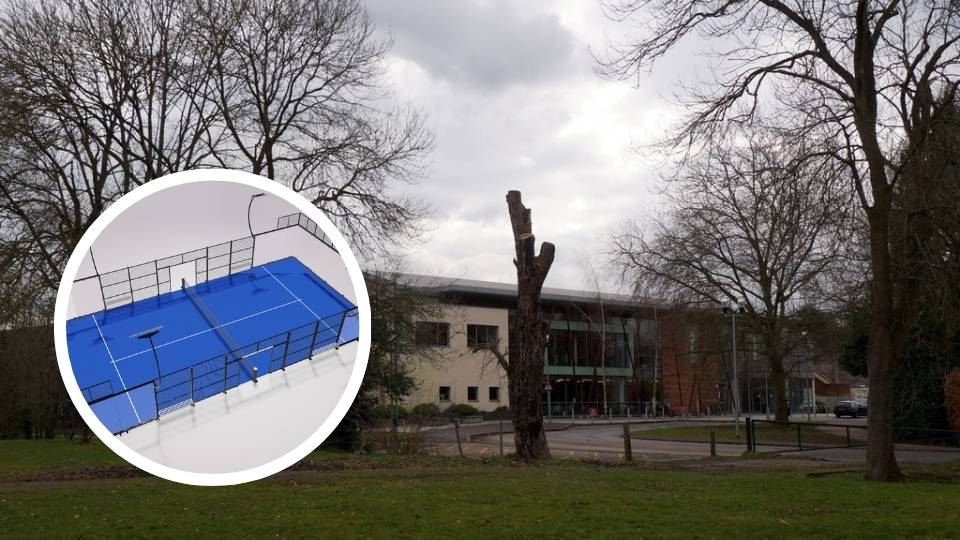If you find yourself at a quintessential British tennis club this weekend, don’t be surprised to hear the distinctive thud of a ball against glass rather than the familiar bounce on grass.
The reason? A growing number of traditional tennis clubs across the UK are embracing the padel phenomenon, investing substantial sums to cater to the escalating demand for this rapidly expanding sport.
Padel, a racket sport that combines elements of tennis and squash, is experiencing an unprecedented surge in popularity.
The Lawn Tennis Association (LTA), the governing body for padel in the UK, estimated earlier this year that 90,000 people were actively playing.
However, recent data from Playtomic, a booking app covering approximately 60% of the UK’s 350 padel courts, indicates a substantial increase in individuals seeking coveted spots at these facilities.
The number of people looking to book has more than tripled compared to the same period last year, according to Playtomic.

Many tennis clubs are struggling to keep up with the demand, leading some to implement waiting lists for padel memberships.
In response, clubs are investing significant amounts, often in the hundreds of thousands of pounds, to build new padel courts.
Some clubs are even repurposing existing tennis courts to meet the growing demand for this exciting and fast-paced sport.
Investors are quick to recognise the potential of the padel boom, not just in the UK but also in emerging markets like the US.
Padium, backed by Spotify co-founder Martin Lorentzon, adopts a model of establishing high-end clubs in prime locations, including London’s Canary Wharf, and generates revenue through hourly court booking fees, padel apparel sales, and club memberships.
On the other hand, Game4Padel, supported by tennis legend Andy Murray, focuses on existing sites such as sports centres and shopping malls, handling the entire construction process, and sharing the income generated by the new courts with the venue.
While the padel craze has swept through countries like Sweden, leading to a surge in court numbers, the UK is unlikely to face a similar oversupply issue.
The key differentiator is planning permission.
In a nation where space is at a premium, obtaining approval for construction projects is notoriously challenging.
Indoor padel courts require high roofs, and outdoor padel can be noisy, further complicating the approval process.

Unlike in Sweden, where courts are closing due to oversupply, the UK’s stringent planning regulations act as a safeguard against a similar fate.
The LTA predicts that the number of padel players in the UK will reach 600,000 by the end of 2026.
If this projection holds true, what is currently considered a niche investment in padel could soon evolve into a lucrative and mainstream business opportunity.
As traditional tennis clubs adapt to meet the rising demand for padel, the thud of balls against glass could become the new soundtrack of sports venues across the UK.
The race for constructing padel courts is well and truly on.
If you’re interested in taking advantage of the UK Padel surge, you can get a free quote from our team today.






